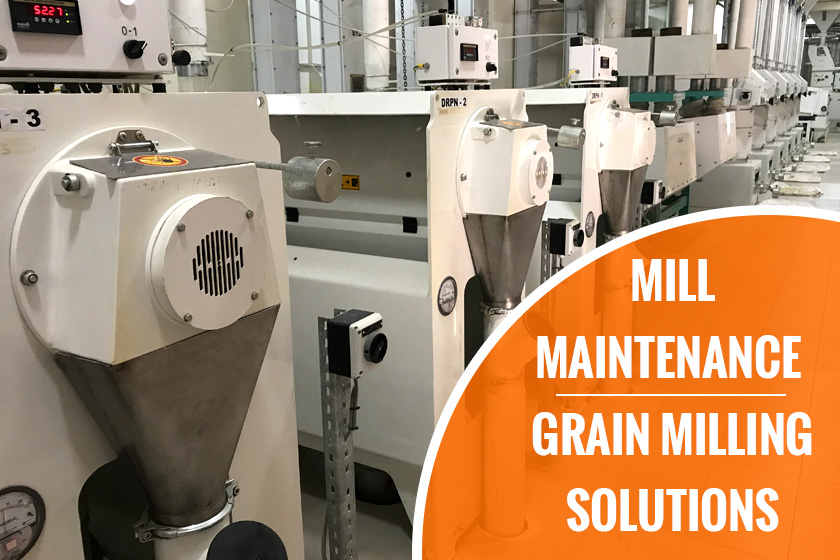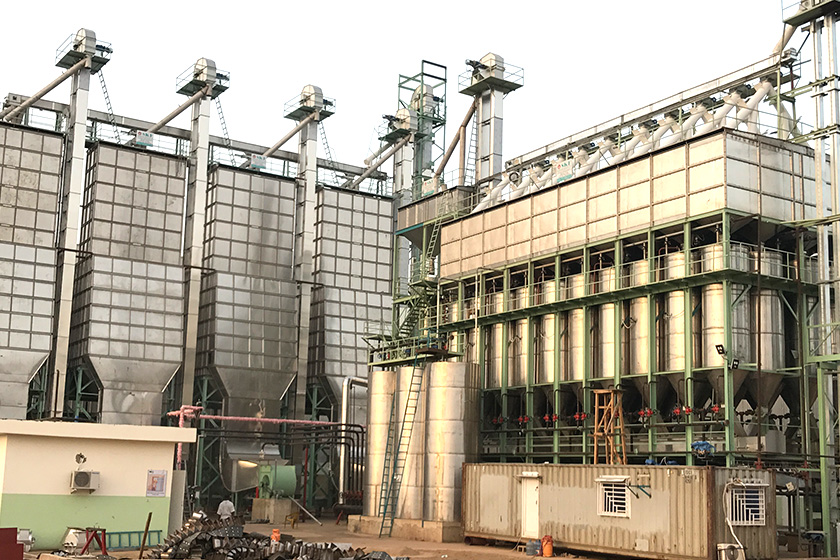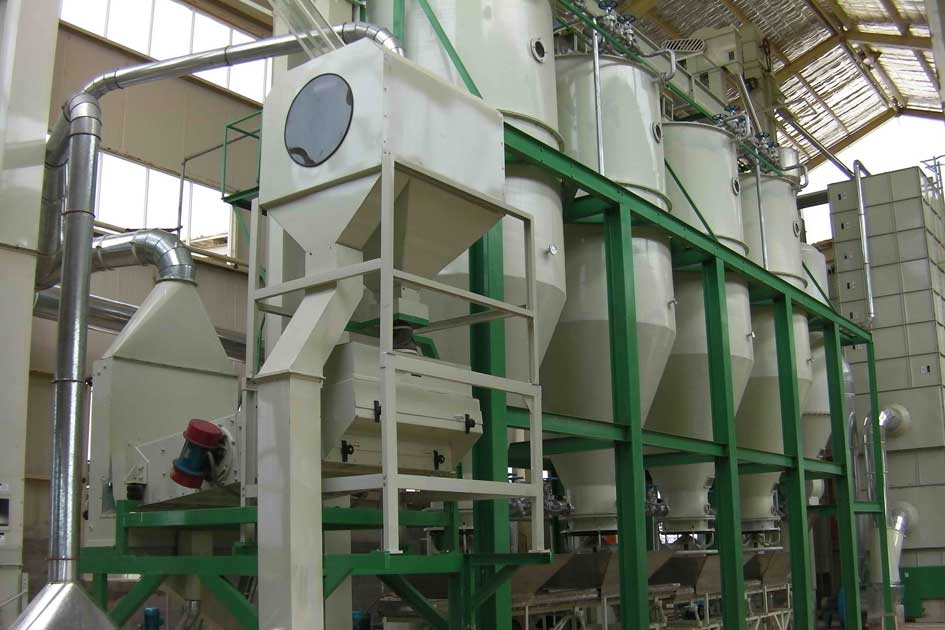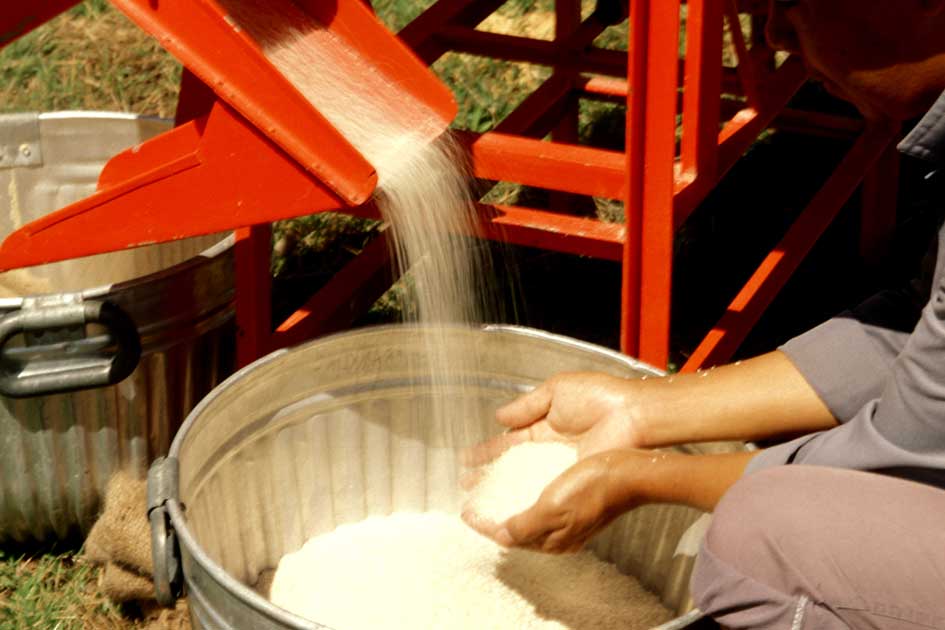Repairing, technical services and maintenance of the rice mills are essential as they can affect the lifetime of the milling machines and makes them work accurately for a long time. If good and regular maintenance are carried out, machines can’t be able to work for a long time.
As per the recommendation of Rice Mill Consultant, Maintenance of Rice Mill Plant Design at a decided time will monitor the active machines and pieces of equipment designed by Rice Mill Engineers & Designers to detect the possible breakdowns. Therefore, it avoids downtimes for equipment and machines because of unexpected maintenance plus loss of production and needless replacement of parts.
As an outcome, downtime and maintenance stemming from breakdowns decrease more than 25% to 30%. It facilitates eradicates slight flaws before leasing them to develop into more grave troubles.
Grain Milling Solutions
Important and crucial maintenance of the mills can be easily attained with the help of three variant methods such as Predictive Maintenance, Unscheduled Maintenance, Preventive maintenance. Mill consultants and inspectors can arrange and choose maintenance systems as per specific requirements and local situations by making use of these methods.
Predictive Maintenance
This method is a new approach towards new technological developments in the rice mills. The concept of predictive maintenance is first introduced by R. kubilay Kose i 1988 in turkey at national machine design and manufacturing congress of a middle east technical university. He selected to use the term “kestirimci Bakim” for a method of predictive maintenance.
This technique of mill maintenance allows monitoring of equipment and machines to detect possible breakdowns. As an outcome, an unscheduled shutdown of equipment and machines, unnecessary part replacement and loss of production are reduced.
Advantages of Predictive Maintenance
- Breakdown decrease by 35-34%.
- Expected productive and a lifetime of equipment augmented.
- Machines that are in working and good conditions are not stopped unnecessarily which ultimately saves time.
- Enables corrective maintenance for critical components.
- Production loss decreases considerably. Production levels go up by 20-25%.
- Prevent minor flaws to become a source of bigger problems in time.
- It is 8-12% more profitable than preventive maintenance.
- More saving of energy.
- Maintenance cost decreases significantly.
- Maintenance time and downtime for machine breakdowns decrease 25-30%. Work-load and labour costs decrease.
Unscheduled Maintenance
It is also known as “emergency maintenance, repair maintenance and breakdown maintenance. Repair and maintenance are carried out when the pieces of equipment and machines don’t work properly or stopped working. As an outcome, loss of production at the time of repair is much high. Defects occur in machines and pieces of equipment also affect the other machines and pieces of equipment. While performing unscheduled maintenance, the equipment and mills are revisited to base or original situation and efficiency by reinstating materials and parts only after the collapse.
Because of its disadvantages, repair maintenance is not performing by any mill until needed the most. Otherwise, scheduled maintenance techniques are essentially performed.
Scheduled maintenance
The goal of preventive and planned maintenance is to decrease the need for emergency maintenance. It is carried out by following given methods:
Predictive maintenance
The method of predictive maintenance is carried out of three main steps such as measurement, analysis and repair.
Periodical maintenance
The goal of this technique is to prevent components of machines or equipment from failure and to improve their strength before any collapse.
The period of maintenance for equipment and machines at mills can be classified as:
- Daily
- Weekly
- Long term.
The period of maintenance for equipment and machines are already planned as per the specification provided by the companies that install them.
 MAIL US :
MAIL US :
 CALL US :
>
CALL US :
>



